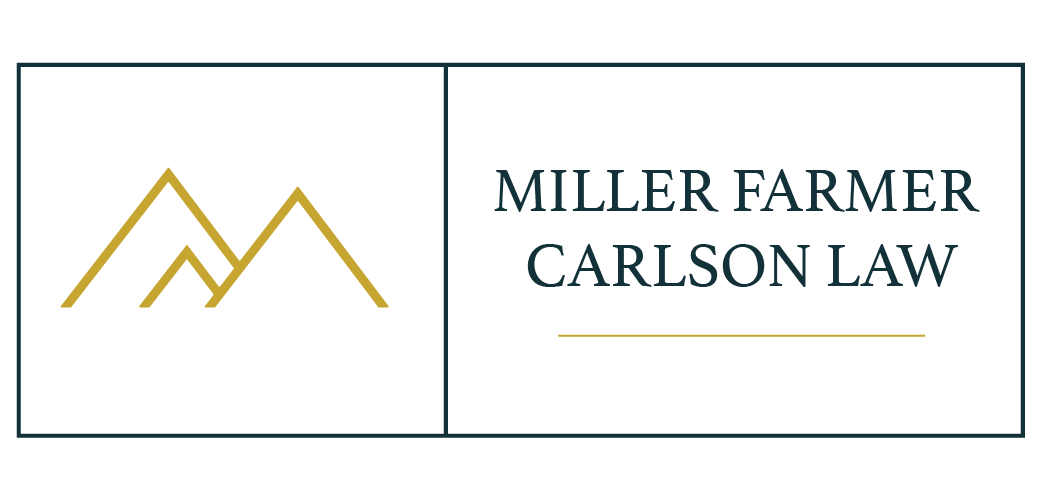Community Use of School Facilities
The concept of a wall separating church and state has been burned into American culture and is typically misunderstood—particularly in the public school context. One area that often creates confusion is the allowable use of public school facilities for religious activities. You may be surprised that your well-intentioned effort not to breach the inviolable wall of separation is actually unconstitutional.
As a starting point, the idea that there must be a wall separating church from state is written nowhere in the Constitution. In fact, the metaphor was lifted (out of context) by the Supreme Court from a letter Thomas Jefferson penned to the Danbury Baptist Church in 1802. In any case, the type of wall that actually exists is fairly fact and context-specific.
In the context of public school facilities use, many people mistakenly believe that religious organizations and activities are categorically prohibited from school grounds. While this may be true during school hours as a part of the educational program of a public school, the reality is that many schools and school districts open their facilities to the public outside of school hours. In that case, allowing certain groups or activities while excluding religious ones may very well violate the First Amendment.
Schools are under no obligation to open their facilities for community uses. However, once a school does in fact allow—by policy or practice—the public use of its facilities, it has created a limited public forum and cannot pick and choose between viewpoints to be expressed.
Even if a school creates a limited public forum, it does retain control over the types of permitted activities. For example, if a school limits community access to its gymnasium to only athletic activities, it would not be required to allow a church to rent the gym on Sunday for a worship service. But if the school instead opens its building to general community meetings and activities, it could not exclude the church on the basis of its religious viewpoint.
Schools do retain some measure of control notwithstanding the presence of a limited public forum. For example, a school need not allow an activity that would cause a material or substantial disruption of school operations. But as discussed at the outset, these situations are typically very fact specific.
If your school or district is considering (or perhaps already is) opening its facilities to community uses, talk to one of our experienced attorneys to ensure that your policies and practices pass constitutional muster.
